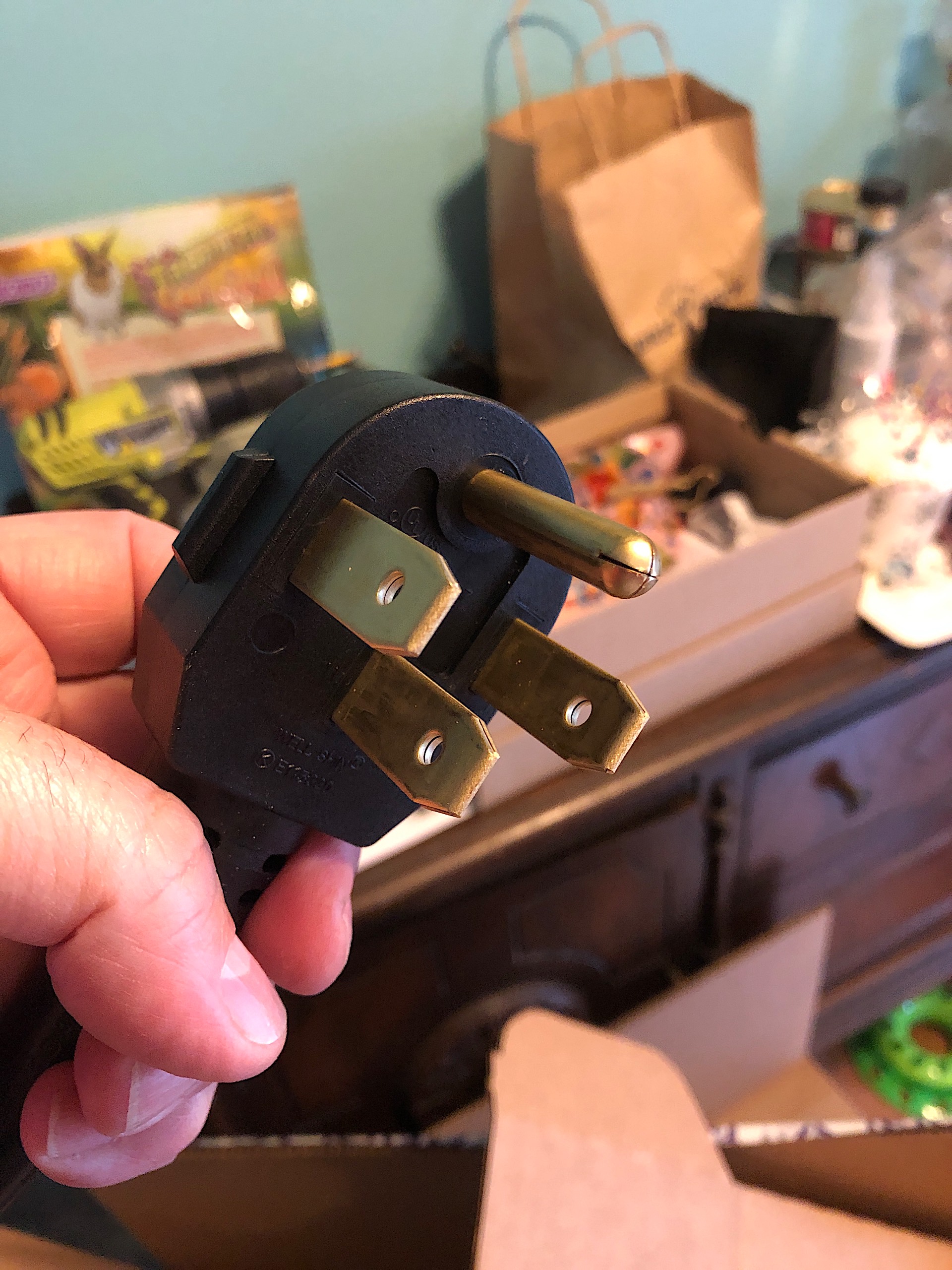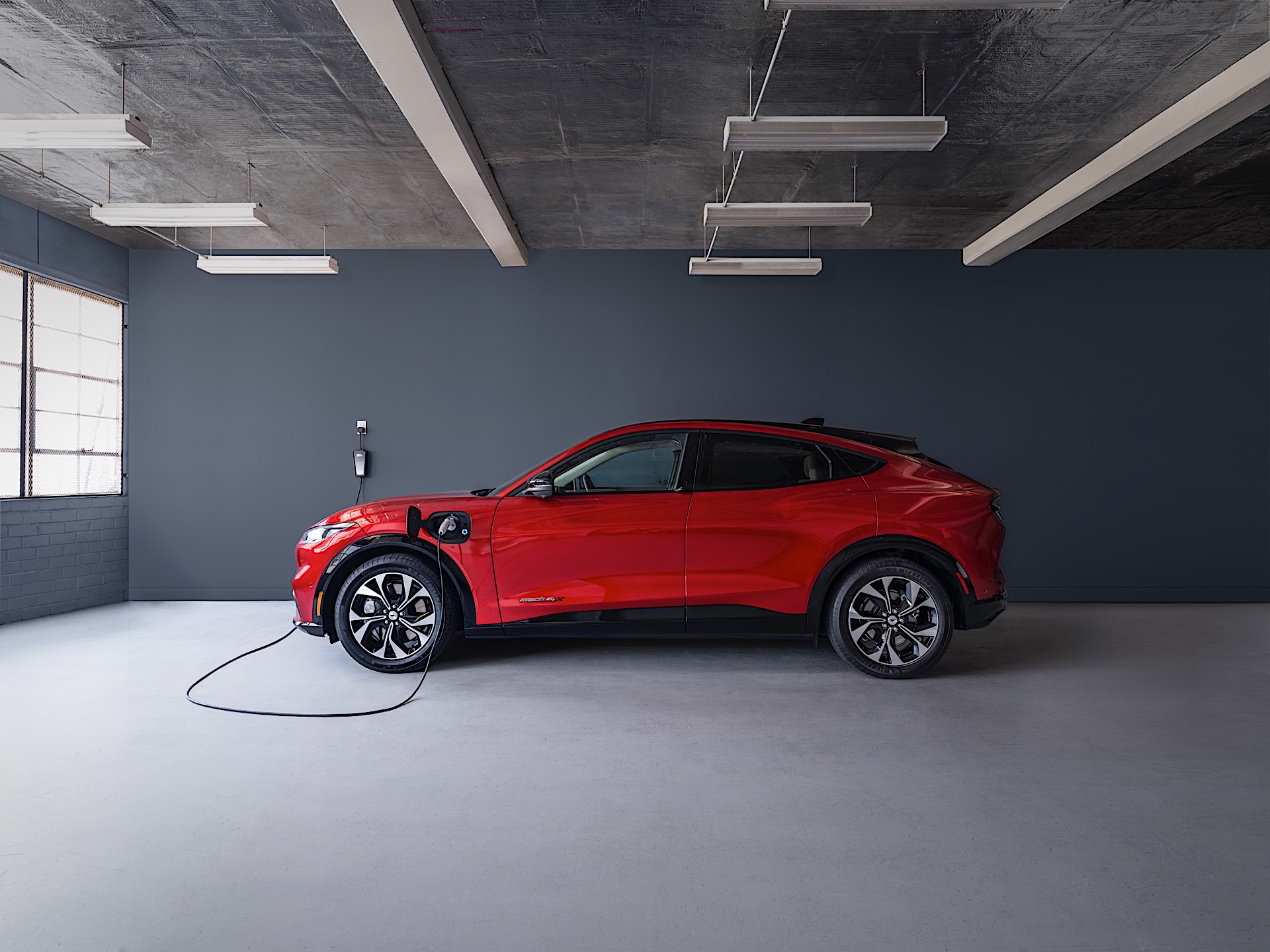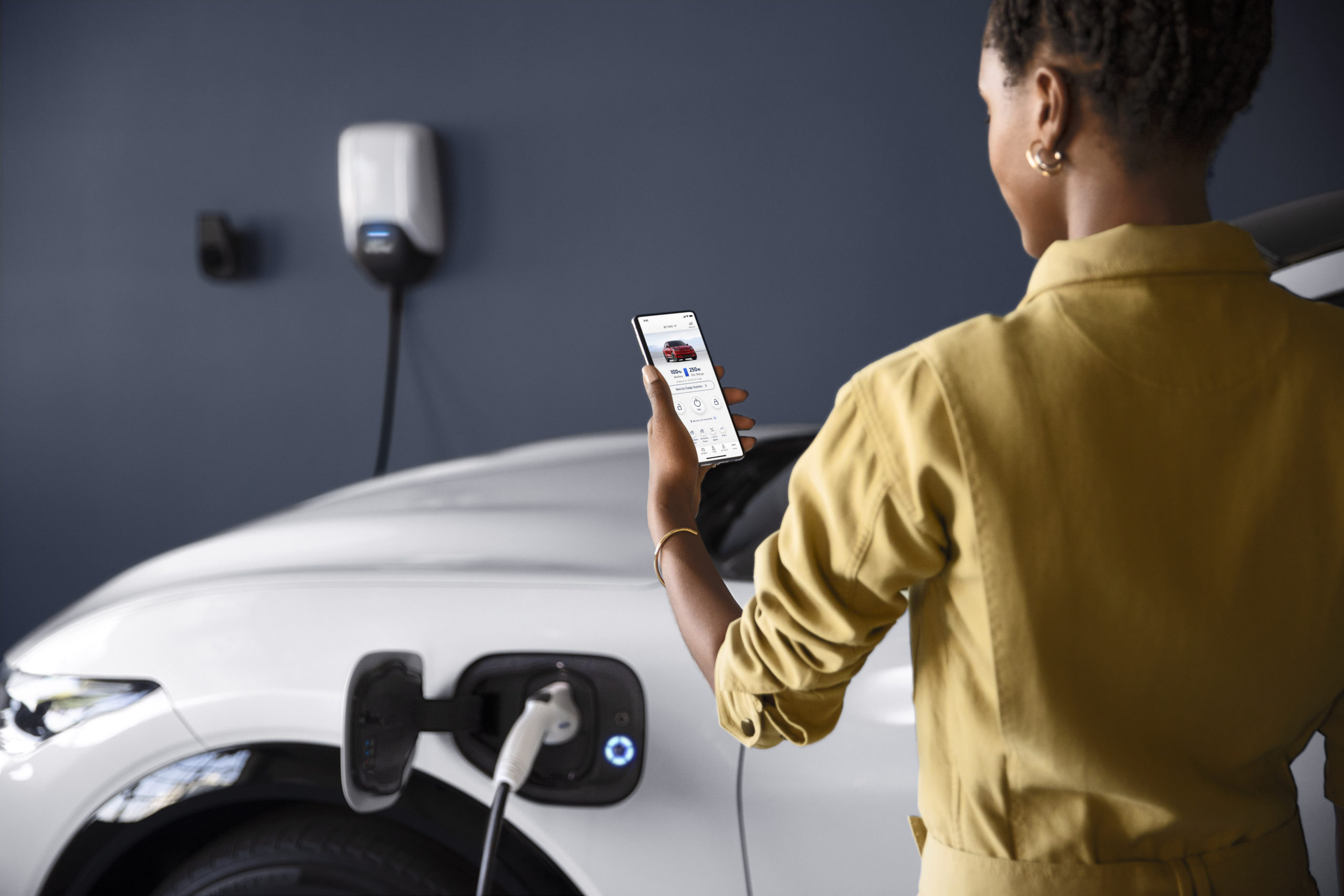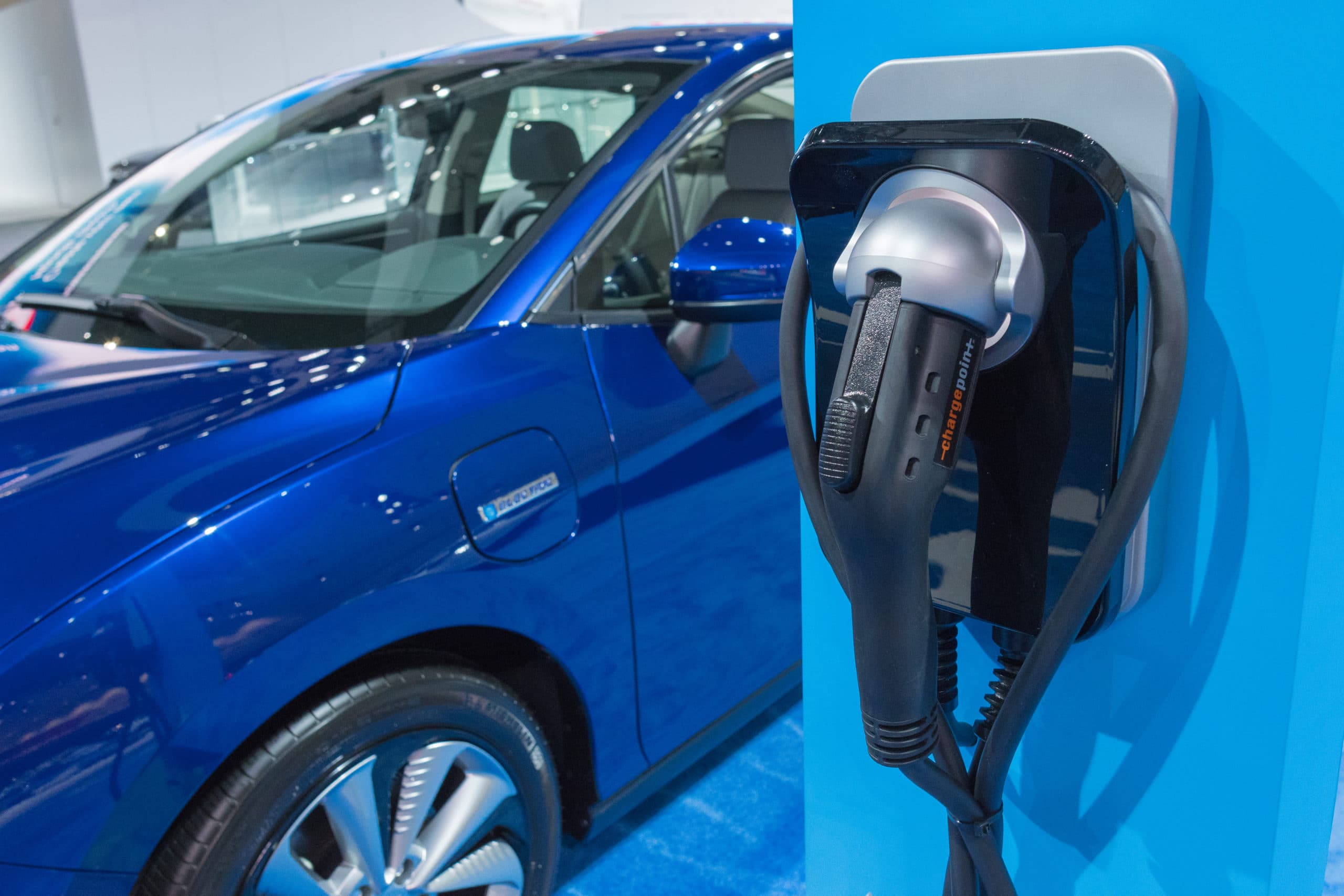For most people planning to switch to an EV, home charging infrastructure is a major consideration. Depending on the style and specific brand of charger, getting ready to charge can involve contractors, electricians, and a substantial expense. However, a new generation of 240-volt home-based chargers are knocking down barriers to EV ownership. All you need is a standard 240-volt circuit of the type commonly used for clothes dryers and electric stoves.
Wiring and power requirements
The challenge is that most 240-volt circuits in a home are already in use. No one wants to unplug the dryer when it’s time to charge the car, or interrupt their vehicle charging to cook dinner. Any level 2 charger will require a dedicated circuit. Further, the plugs for those purposes tend to be located behind the appliance, and that’s not always convenient for charging purposes.

Most homes will need to install a circuit appropriate to the charger. For most purposes, that’s 50 amps at 240 volts. Unless you’ve got real experience with high voltage wiring and electrical codes in your area, it’s a good idea to call a professional electrician. The good news is that the circuit should be straightforward and if it’s in the garage, can be run along the surface of the wall.
VIEW: Official EPA-rated range of Ford Mach-E
If a 50-amp circuit isn’t possible with a given home’s electrical system, many charging boxes can also operate on a 30-amp circuit. They simply use less amperage and take somewhat longer to deliver a charge. For example, with a 50-amp circuit the Enel X JuiceBox 40 charges at 40 amps or 10 kilowatts. With the available adapter for a 30-amp circuit, the same unit charges at 24 amps.

Enel X also offers the JuiceBox in 32-amp and 48-amp varieties. The latest Enel X products can also accept power on 20-amp circuits, providing 16 amps of charging capability. ChargePoint also offers home chargers that operate between 16 and 50 amps of capability. Note that the 48- to 50-Amp chargers require a 60- to 80-amp circuit and a hard-wired connection rather than an outlet and plug.
Simple DIY installation
If you’ve got the outlet ready to go, installing a home charging station is a snap. We recently installed the Enel X JuiceBox on an existing 50-amp 240-volt circuit. The entire process took about 10 minutes. Most of that time will be spent locating and marking a solid attachment point (usually a wall stud) near the outlet. The power cords for plug-in units are short, so measure and make sure it will reach with a bit of slack.
REVIEW: 2021 Ford Mustang Mach-E
The actual JuiceBox installation is simply screwing the wall mounting bracket into the stud, hang the unit on the wall, and plug it in. Once installed, the JuiceBox includes a locking mechanism that discourages theft. ChargePoint units hang directly on screws without the use of a bracket. Once it’s plugged in, you’re ready to charge.
One big advantage of a plug-in unit is that it can be removed in minutes and taken with you if you move. Hardwired units may be difficult or impossible to transfer to a new location.
Wi-Fi enabled

Both the Enel X JuiceBox and ChargePoint Home Flex include Wi-Fi connection capability to allow monitoring and control of the charging unit. Smart home devices such as Amazon Alexa and Echo as well as Google Home. Ford’s upcoming Connected Charge Station will also have similar capabilities.
When connected to Wi-Fi, the JuiceBox web portal or phone app allows you to set a charging schedule to take advantage of low-cost energy if you have a time-of-use rate plan, track energy usage, and set charging reminders.
If you don’t have Wi-Fi signal in your installed location, the JuiceBox simply charges a vehicle when connected.
Compared to portable charging adapters

Like all electric cars, the 2021 Ford Mach-E comes with a portable charging unit that is capable of plugging into a standard 120-volt household outlet. Some, also like the Mach-E, have an adapter to also plug into a 240-volt, 50-amp outlet, but it’s limited to 30 amps. If you’ve got a 50-amp circuit, you won’t get the most efficient charging out of it with the portable cable.
Ford’s Connected Charge Station charges at up to 50 amps but requires at least a 60-amp circuit and hardwiring. The Enel X JuiceBox 40 retails for about $619 (Enel X / Amazon), while the ChargePoint Home Flex retails at $649. Both the ChargePoint and the JuiceBox products are less expensive than Ford’s Connected Charge Station, which is priced at $799.
Need more recommendations for home EV chargers? See our list of the best home EV chargers.

